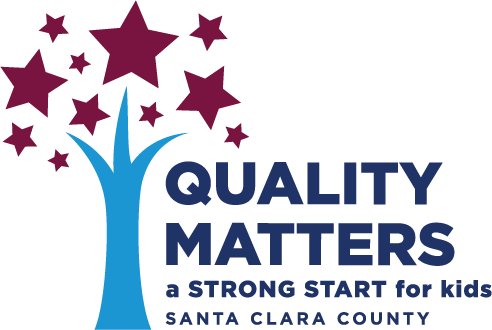Community Resources
FIRST 5 Santa Clara and our partners across the county collaborate to identify the needs of children, families, and early learning educators. The resources and reports below help bring together those efforts to keep community members informed of important data and research to strengthen advocacy and policy.
Facilities Needs Assessment - Santa Clara County Office of Education
The Facilities Needs Assessment outlines the current state of facility use and access in the county. It helps identify child care “deserts” and other areas that serve families with multiple cumulative risk factors.
Children’s Health Assessment - Volume 01 & Volume 02 - Santa Clara County Public Health Department
This health assessment measures both the needs of children in Santa Clara County and how well those needs are being met. It is a combination of both data and narrative as well as action items for partners in the county.
Workforce Study - UC Berkeley, Center for the Study of Child Care Employment
This study provides a statewide, regional, and local picture of the ECE workforce and serves as the cornerstone for an ongoing, comprehensive data system for the early childhood workforce in California.
Santa Clara County Early Learning Master Plan - Santa Clara County Office of Education
The Santa Clara County Early Learning Master Plan provides a strategic framework that supports and aligns the stakeholders’ individual and joint efforts to achieve the shared vision of ensuring that all children from birth to eight in Santa Clara County have equitable and inclusive access to affordable, high-quality early care and education services.
Bay Area Quality Early Learning Partnership Report - Bay Area Quality Early Learning Partnership
As a capstone to the achievements of the Bay Area Quality Early Learning Partnership and its collective efforts to implement QRIS locally and as a region, a report was developed that summarizes regional findings, recommendations for policy and system changes, and lessons learned. The report is composed of five topic-specific briefs.


